Table of Contents
Quick Reference Substitution Guide
When you need ancho chili powder but don't have it, these exact substitution ratios will help you maintain flavor balance in your recipes:
| Substitute | Substitution Ratio | Heat Level | Best For |
|---|---|---|---|
| Guajillo Chili Powder | 1:1 | Medium (7/10) | Mole, salsas, marinades |
| Pasilla Chili Powder | 1:1.2 | Low-Medium (5/10) | Stews, soups, enchiladas |
| Chipotle Powder | 1:0.75 | High (8/10) | Barbecue, grilled meats, adobo |
| Smoked Paprika | 1:1.5 | Very Low (2/10) | Paella, roasted vegetables, rubs |
| Sweet Paprika + Cayenne | 1.5 tsp sweet paprika + 1/4 tsp cayenne per 1 tsp ancho | Medium (6/10) | General cooking, when guajillo unavailable |
| Aleppo Pepper | 1:1.25 | Medium-Low (4/10) | Middle Eastern dishes, salads, hummus |
| Chili Flakes | 1:0.8 | High (8/10) | Pizza, pasta, stir-fries |
Heat Level Comparison Chart
Understanding heat levels is crucial for successful substitution. Here's how ancho chili powder compares to its common substitutes:
| Chili Type | Scoville Heat Units | Heat Level Rating | Flavor Profile |
|---|---|---|---|
| Ancho Chili Powder | 1,000-1,500 SHU | Medium-Low (5/10) | Smoky, sweet, fruity with mild heat |
| Guajillo Chili Powder | 2,500-5,000 SHU | Medium (7/10) | Tangy, fruity, slightly sweet |
| Pasilla Chili Powder | 1,000-2,500 SHU | Low-Medium (5/10) | Earthy, raisin-like, mild heat |
| Chipotle Powder | 5,000-10,000 SHU | High (8/10) | Smoky, intense, with pronounced heat |
| Smoked Paprika | 0-500 SHU | Very Low (2/10) | Smoky, sweet, aromatic |
| Aleppo Pepper | 5,000-10,000 SHU | Medium-Low (4/10) | Fruity, nutty, moderate heat |
| Cayenne Pepper | 30,000-50,000 SHU | Very High (9/10) | Sharp, pungent, intense heat |
| Regular Chili Powder | 500-2,000 SHU | Low-Medium (4/10) | Complex, with cumin and garlic notes |
Top 7 Ancho Chili Powder Substitutes
1. Guajillo Chili Powder: The Closest Match
Guajillo chili powder is the most recommended substitute for ancho chili powder. Both come from dried peppers with similar flavor profiles, though guajillo is slightly tangier and hotter. According to the International Chili Society, guajillo is the preferred substitute for traditional Mexican dishes.
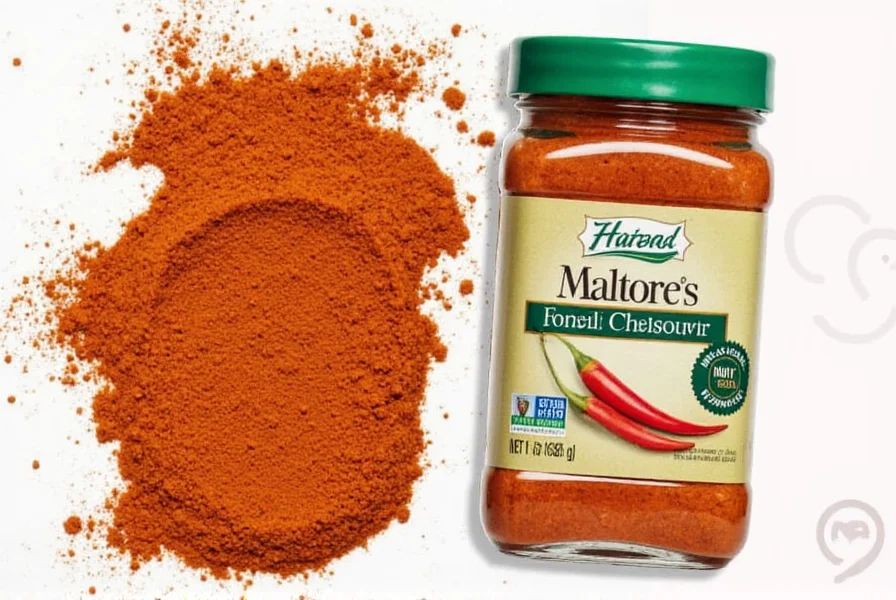
Best use cases: Mole sauces, enchilada sauces, adobo marinades, and salsas where you want a bright, fruity note. For a perfect substitution, use a 1:1 ratio.
Professional chef tip: "When making traditional mole poblano, guajillo is actually the primary chili used in many authentic recipes. Ancho is often used as a secondary component for depth. If you're missing ancho, simply increase your guajillo quantity slightly."
2. Pasilla Chili Powder: Earthy Alternative
Pasilla chilies are milder than ancho and offer a deep, earthy flavor with raisin-like notes. They're perfect for soups, stews, and enchiladas where you want complexity without too much heat.
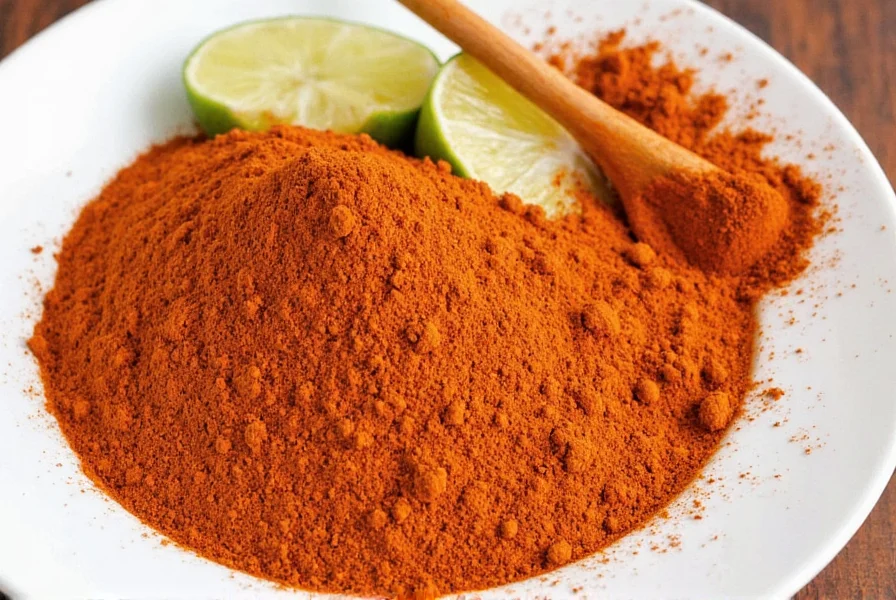
Best use cases: Beef stews, bean dishes, and traditional Mexican soups. Use a 1:1.2 ratio (1.2 tsp pasilla for every 1 tsp ancho) as pasilla is slightly milder.
Recipe example: For a beef stew recipe calling for 1 tsp ancho, use 1.2 tsp pasilla and add 1/4 tsp smoked paprika to compensate for the missing smokiness.
3. Chipotle Powder: Smoky Heat Alternative
Chipotle is smoked jalapeño, so it adds a smoky heat that's very different from ancho. It works great in barbecue sauces, tacos, and grilled dishes but requires careful measurement due to its intensity.

Best use cases: Barbecue sauces, adobo rubs, and dishes where you want pronounced smokiness. Use 3/4 tsp chipotle for every 1 tsp ancho, as chipotle is significantly hotter.
Professional chef tip: "Chipotle can easily overpower a dish. Always start with less than you think you need, then add more gradually. For a balanced flavor, combine 1/2 tsp chipotle with 1/2 tsp sweet paprika for every 1 tsp ancho required."
4. Smoked Paprika: Mild Smoky Option
Smoked paprika brings a smoky depth without much heat. It's an excellent choice when you want the smoky character of ancho but need to reduce spice levels.

Best use cases: Paella, roasted vegetables, and dishes where you want smokiness without heat. Use 1.5 tsp smoked paprika for every 1 tsp ancho.
Recipe example: For a roasted vegetable recipe requiring 1 tsp ancho, use 1.5 tsp smoked paprika and add a pinch of cumin to enhance the earthiness.
5. Sweet Paprika + Cayenne Blend: Versatile Substitute
This combination mimics ancho's flavor profile when you don't have specific chili powders available. The sweet paprika provides color and mild sweetness, while cayenne adds controlled heat.
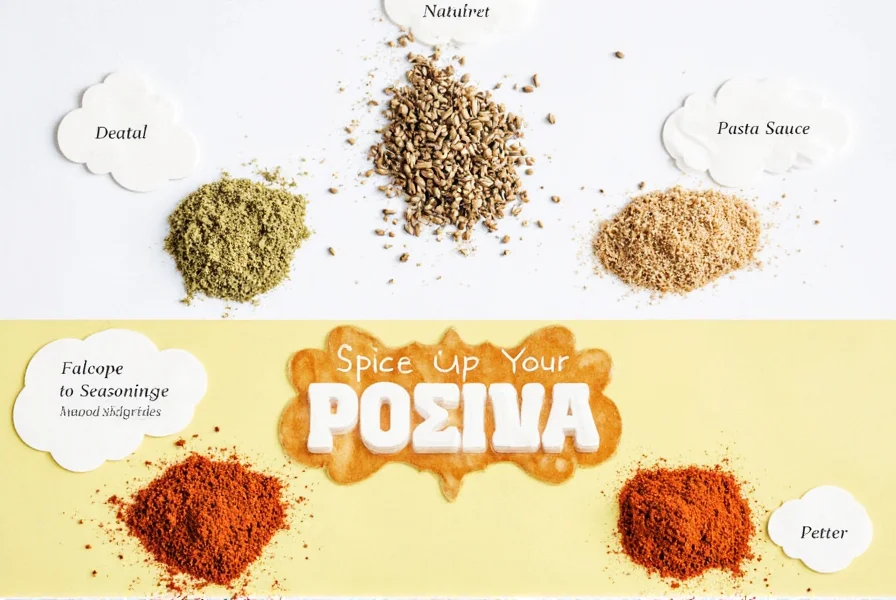
Best use cases: General cooking when specific chili powders aren't available. Use 1.5 tsp sweet paprika + 1/4 tsp cayenne for every 1 tsp ancho.
Professional chef tip: "This is my go-to substitute when I'm missing ancho. The sweet paprika gives the color and base flavor, while the cayenne adds just enough heat without overwhelming the dish."
6. Aleppo Pepper: Fruity Mediterranean Alternative
Aleppo pepper is a medium-hot spice with a fruity, nutty flavor. It's excellent in salads, roasted vegetables, and Middle Eastern dishes where you want complexity without intense heat.

Best use cases: Tabbouleh, hummus, roasted chickpeas, and Mediterranean dishes. Use 1.25 tsp Aleppo pepper for every 1 tsp ancho.
Recipe example: For a hummus recipe requiring 1 tsp ancho, use 1.25 tsp Aleppo pepper and add a squeeze of lemon juice to enhance the fruitiness.
7. Chili Flakes: Quick Heat Option
Chili flakes provide heat and texture but lack the complex flavor profile of ancho. They're best used when you need quick heat rather than specific flavor notes.
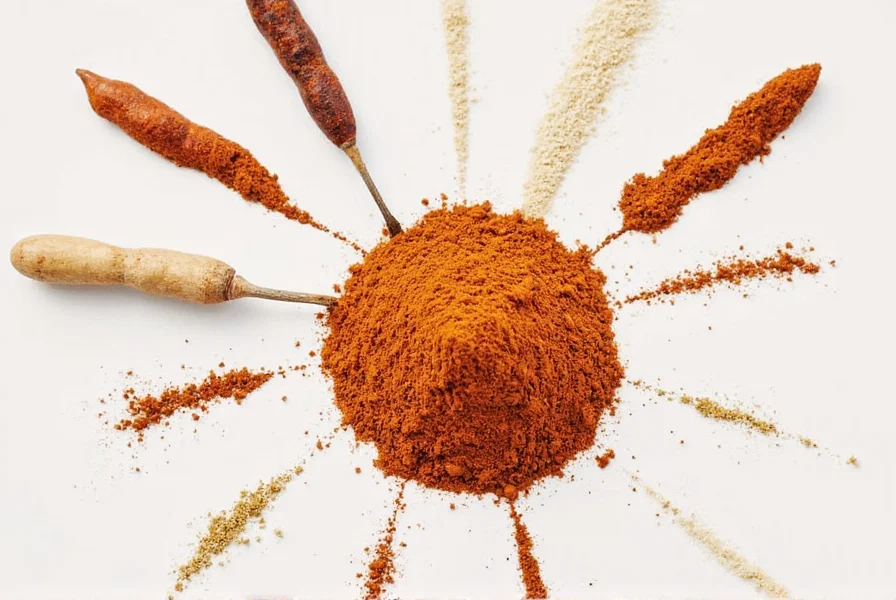
Best use cases: Pizza, pasta, stir-fries, and dishes where texture matters. Use 0.8 tsp chili flakes for every 1 tsp ancho.
Professional chef tip: "Chili flakes are my last resort for ancho substitution. They provide heat but lack the depth of flavor. If using them, add a pinch of dried oregano and a touch of cumin to compensate for missing complexity."
When to Use Which Substitute
Choosing the right substitute depends on your specific dish and desired flavor profile:
- For traditional Mexican dishes (mole, enchiladas): Guajillo or Pasilla are your best options. They maintain authentic flavor profiles.
- For barbecue and grilled meats: Chipotle provides the perfect smoky heat profile.
- For dishes where you need smokiness but not heat: Smoked paprika is ideal.
- For Mediterranean or Middle Eastern dishes: Aleppo pepper adds the right fruity complexity.
- For quick substitutions when you have limited ingredients: Sweet paprika + cayenne blend works well in most recipes.
- For pasta, pizza, or stir-fries: Chili flakes provide quick heat with texture.
What Not to Substitute
Some common mistakes when substituting ancho chili powder:
- Avoid using regular chili powder alone: Regular chili powder contains cumin, garlic powder, and other spices that will significantly alter the flavor profile of your dish. If you must use it, use 1.5 times the amount but reduce other seasonings.
- Avoid using cayenne pepper alone: Cayenne is too hot and lacks the smoky, sweet notes of ancho. It will make your dish overwhelmingly spicy without the complexity.
- Avoid using red pepper flakes: While similar to chili flakes, red pepper flakes often have a different flavor profile and may contain seeds that add unwanted bitterness.
- Avoid using hot sauce: Liquid hot sauces will alter the consistency of your dish and add vinegar notes that don't belong in most ancho-based recipes.
Professional Chef Tips
From professional chefs with 10+ years of experience in Mexican cuisine:
"When substituting ancho chili powder, the key is to understand what role it's playing in your recipe. Is it providing heat? Smokiness? Sweetness? Color? Once you identify the primary function, you can choose the best substitute for that specific role."
"For most recipes, the best substitute is guajillo chili powder. It's actually the primary chili used in many traditional mole recipes. Ancho is often used as a secondary component for depth."
"If you're missing ancho and need to make a mole sauce, try this combination: 2 parts guajillo, 1 part pasilla, and a pinch of chipotle for smokiness. This will give you the most authentic flavor profile."
"When substituting in a recipe that calls for a specific amount of ancho, always start with less of the substitute than you think you need. You can always add more, but you can't take it away."
Buying Guide for Quality Spices
When purchasing ancho chili powder or its substitutes, look for these quality indicators:
| Product | Quality Indicators | Price Range | Where to Buy | Storage Tips |
|---|---|---|---|---|
| Ancho Chili Powder | Deep red color, rich aroma, no clumping | $8-$15 per 4 oz | Specialty spice shops, Mexican markets, online retailers | Store in airtight container away from light and heat |
| Guajillo Chili Powder | Vibrant red color, fruity aroma, fine texture | $7-$12 per 4 oz | Mexican grocery stores, online spice retailers | Keep in cool, dark place; use within 6 months for best flavor |
| Pasilla Chili Powder | Dark brown color, raisin-like aroma | $6-$10 per 4 oz | Specialty food stores, Mexican markets | Store in airtight container; refrigerate for extended freshness |
| Chipotle Powder | Deep reddish-brown color, strong smoky aroma | $9-$14 per 4 oz | Online retailers, specialty spice shops | Store in airtight container; use within 6 months |
| Smoked Paprika | Deep red color, strong smoky aroma, no grittiness | $5-$10 per 4 oz | Supermarkets, online retailers | Store in cool, dark place; use within 6 months |
| Aleppo Pepper | Deep red color, fruity aroma, coarse texture | $10-$18 per 4 oz | Middle Eastern markets, specialty food stores | Store in airtight container; refrigerate for extended freshness |
| Chili Flakes | Uniform color, no seeds, vibrant red hue | $3-$8 per 4 oz | Supermarkets, grocery stores | Store in airtight container; use within 6 months |
Pro tip: When buying chili powders, look for products that are freshly ground (check the manufacturing date) and free from additives. Buying in bulk can save money, but make sure to store them properly in airtight containers away from light and moisture. For maximum freshness, store them in the freezer for up to 1 year.
Conclusion
Ancho chili powder is a versatile spice, but it's not always available. Fortunately, there are several high-quality substitutes that can deliver similar or even better results when used correctly. The key is understanding the specific role ancho plays in your recipe and choosing the substitute that best matches that function.
By using the exact substitution ratios provided in this guide, you can maintain recipe integrity while achieving delicious results. Remember to start with less of the substitute than you think you need, then adjust to taste. With the right substitution, you can turn a simple ingredient shortage into a culinary opportunity.

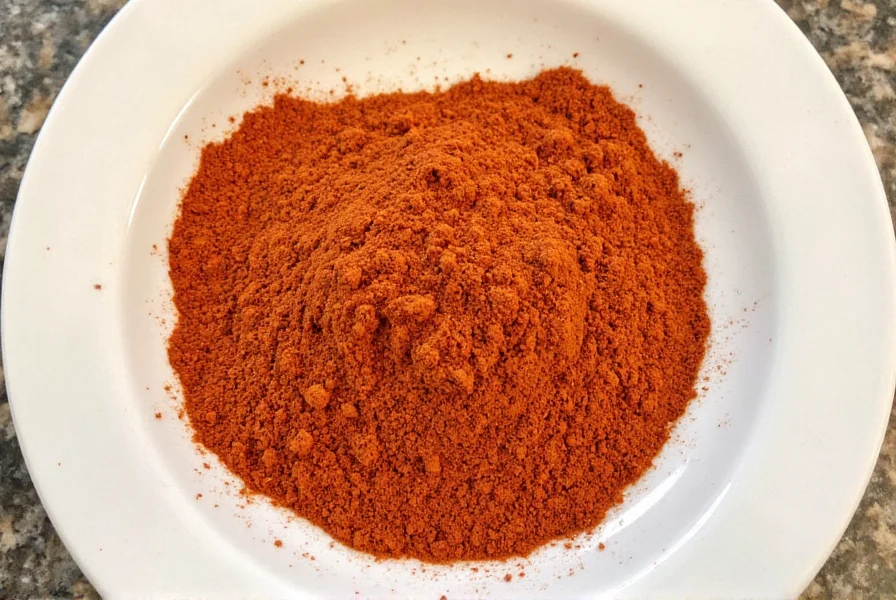
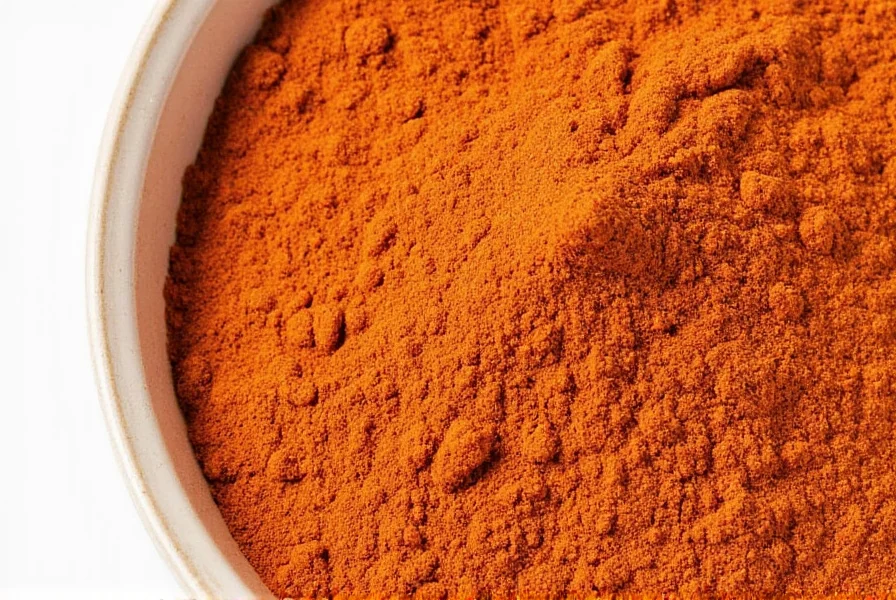
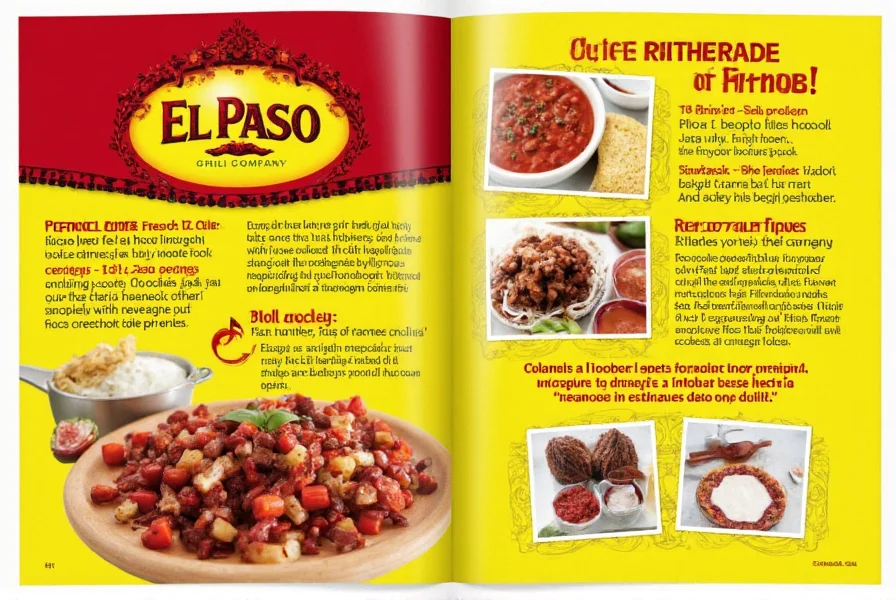
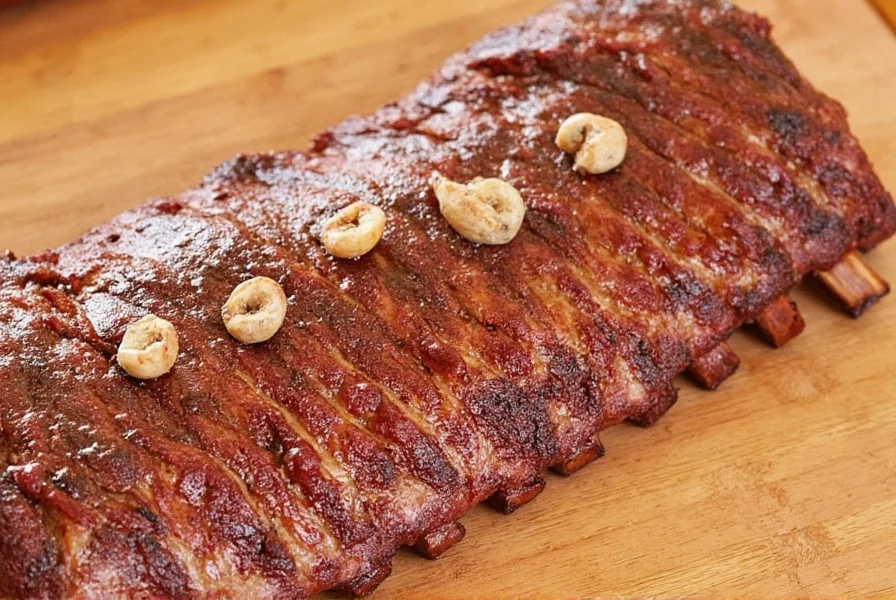











 浙公网安备
33010002000092号
浙公网安备
33010002000092号 浙B2-20120091-4
浙B2-20120091-4